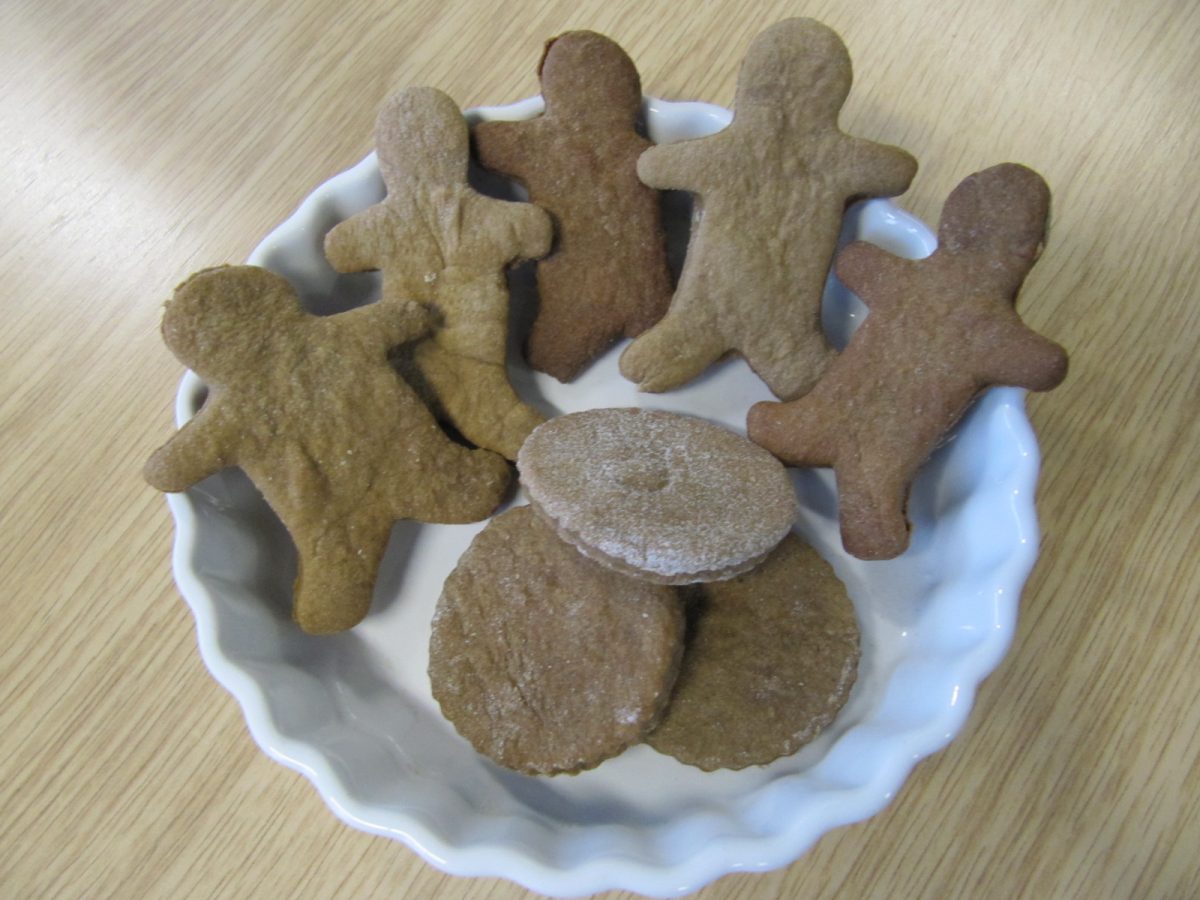Looking to be inspired for our January Hull University Archives blog, we started browsing online content for January anniversaries. It turns out there’s a huge number of food and drink related celebrations; there’s Chocolate Brownie Day on the 8th, Hot Tea Day on the 12th, Hot and Spicy Food Day on the 16th, Gourmet Coffee […]

